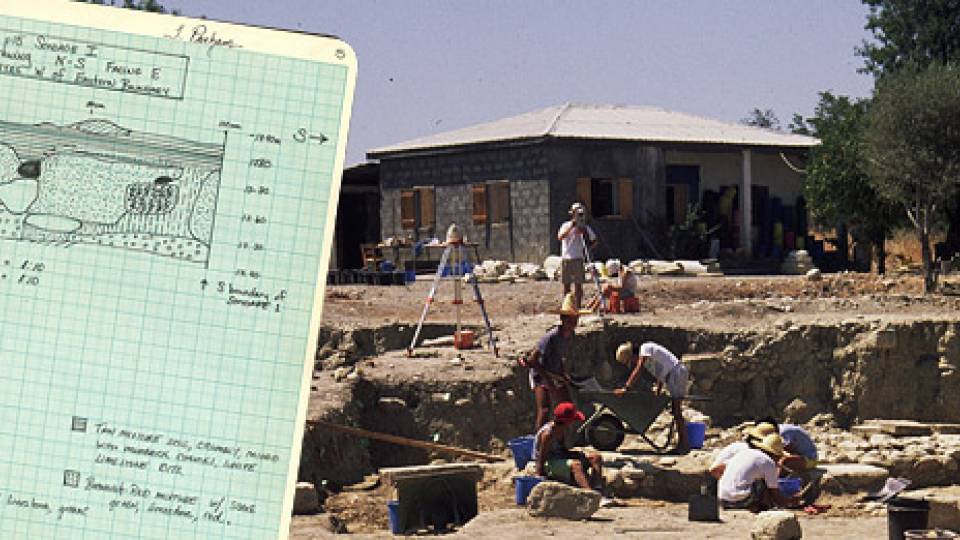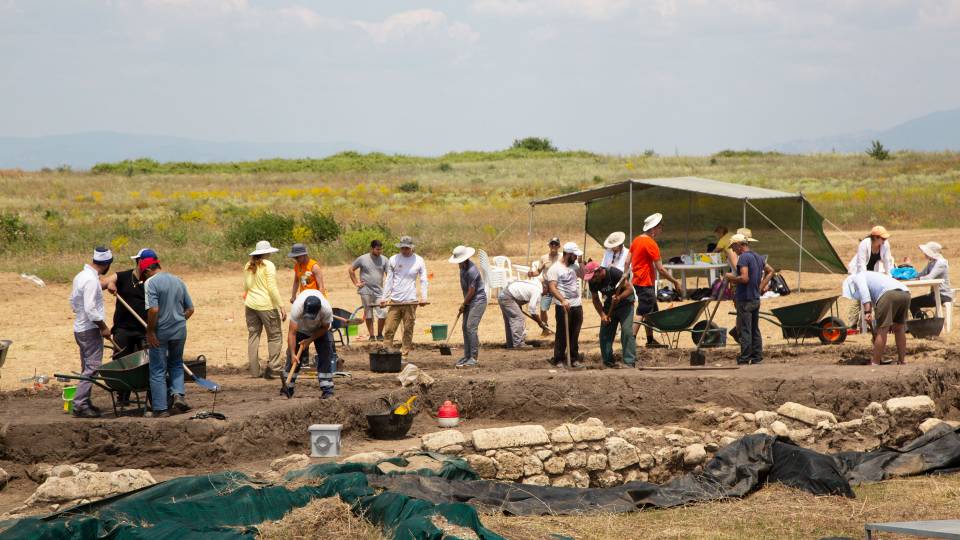The Princeton University Art Museum and Italian cultural authorities have completed the transfer of ownership of six works of art in the museum's collections.
The transfer agreement is an addendum to an agreement with Italy that the University entered into in 2007. It builds upon the museum's history of successfully resolving ownership claims for works of art in its collections.
Under the agreement, six works were returned to the Republic of Italy in December 2011. The transfer of title for the six returned items is an important aspect of the agreement because it recognizes that legal title rested with Princeton before the transfer and that the works were acquired by Princeton in good faith.
The items that were transferred are a black-glazed askos; a pair of female statuettes; four fragments of a red-figure calyx krater; fragments of an architectural relief; a pithos in white-on-red style; and a group of fragmentary architectural revetments.
"The spirit of these negotiations has sought to maintain scholarly access to important works of art while honoring international agreements relative to the disposition of cultural property," said James Steward, director of the Princeton University museum. "As with our previous agreement, the museum and the University established a matrix of criteria to evaluate the status of these objects, including such factors as the object's probable site of discovery and place of manufacture."
The Princeton University Art Museum's collections number more than 72,000 works of art encompassing 5,000 years of world history. The museum has a history of successfully resolving ownership claims for works of art and cultural artifacts in its collections. In 2002, the museum voluntarily returned to the Italian government an ancient Roman sculptural relief in its collection. The University contacted the Italian authorities after the museum's own research revealed that although the work was acquired by the museum in good faith in 1985, the sculpture was taken from Italy without a legal export permit.
In 1953, the museum returned to Rome an ancient marble head of a goat stolen in World War II. The mayor of Rome later gave the sculpture back to Princeton in recognition of the museum's commitment to learning.
The latest agreement was signed on June 2, 2011. It is an addendum to a 2007 agreement in which the University transferred title to eight works of art and through which Princeton students were granted unprecedented access to excavation sites managed by the Italian ministry for the purposes of archaeological study and research. In addition, since 2007 the museum has carried out an important program of long-term loans from the Ministry of Cultural Properties and Activities of the Republic of Italy that has brought masterworks of ancient Italian art to Princeton in support of its research and teaching activities.
The new agreement is the culmination of discussions that were initiated by the University, following an internal University analysis related to several items in the museum's collections. On the basis of extensive research, the University made an assessment of these items and then approached the Italian authorities, leading to the June 2011 transfer agreement.
"The Princeton University Art Museum continues to have a profound concern for respecting cultural property ownership," Steward said. "The museum conducts rigorous investigation into all new potential acquisitions and is also committed to being proactive in looking at our past collecting activities. When we transfer title to works of art, we do so because we have determined that it is consistent with our collecting policies, with international convention or with prevailing bilateral agreements."
In 2006, the Princeton University Art Museum adopted a revised acquisition policy in keeping with the November 1970 UNESCO agreement regarding the acquisition of ancient works of art and archaeological material. This policy reflects the museum's commitment to respecting the preservation of every nation's cultural heritage, while allowing the University to continue its leadership role in research and teaching and sharing with the public experiences of art of great historical and cultural significance, Steward said.

